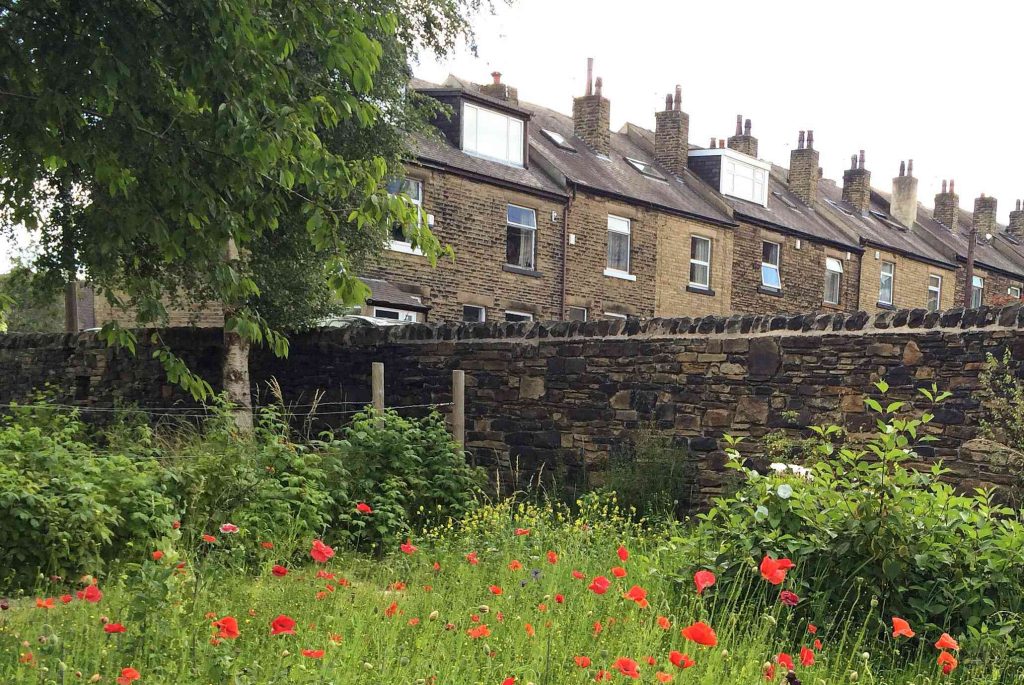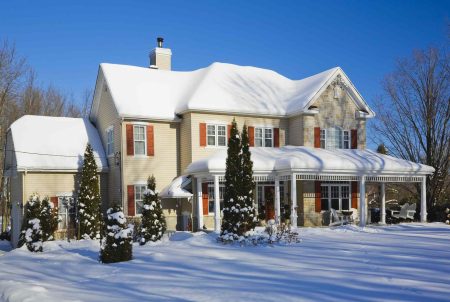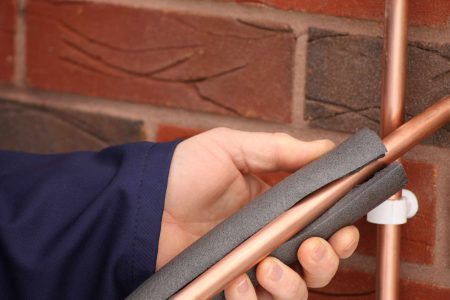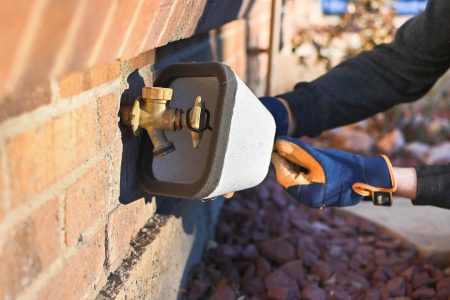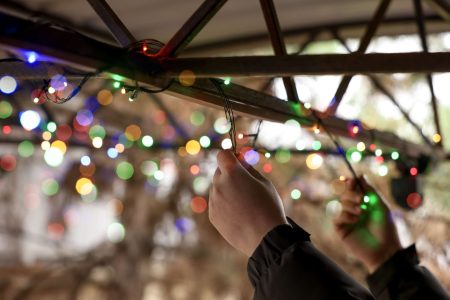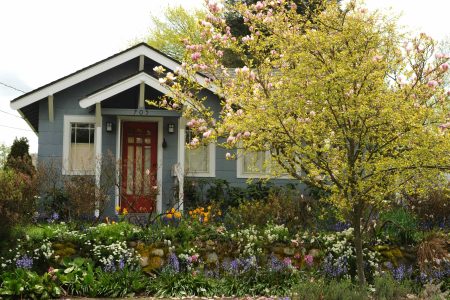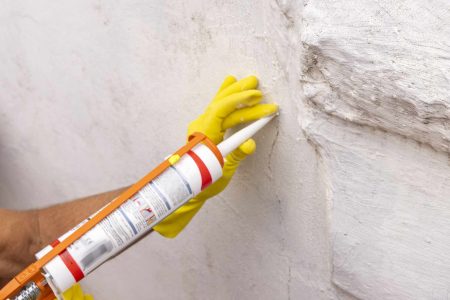If you’ve ever tried to live in an older home, you may have experienced the frustration of trying to fit modern lifestyles into rooms designed for a different era. Where do you put the computer? How do you squeeze a queen bed into a bedroom the size of a closet? And speaking of closets… Where are they?
The floor plan of a home is also a blueprint for the lives of the people who live in that home. The floor plan governs what we can do in a home, where to do it, and how many people we can do it with. Most historic homes have been modernized to keep pace with updated lifestyles, and their floor plans reflect this. Walls have been removed, closets carved out of stairwells, pantries turned into powder rooms.
But what about a truly authentic Victorian, unaltered by time? Could a modern family adapt to living in a home with the floor plan of a 1900s Victorian home?
-
01
of 033 Months in a 1900 House
Victorian houses may be beautiful, but living in a genuine Victorian might be harder than you think. One example is found with the Bowlers, an adventurous family who volunteered to spend three months in a Victorian townhouse for a British television series, The 1900 House. Stripped of every modern convenience, the house was professionally restored to its 1900 appearance and function to provide the environment for the family’s adventure.
The television show looked at the hardships the Bowlers faced as they tried to deal with the lack of electricity and modern appliances. Chamber pots, cold baths, and a malfunctioning coal-burning range lead to frayed nerves and short tempers.
But the lack of modern technology was only part of the problem. As the Bowler family tried to adapt to life in the Victorian home, they discovered that the essential shape of the house—its floor plan—affected their lives in subtle yet profound ways.
-
02
of 03Floor Plan of the 1900 House
Located in Greenwich, a suburb of London, England, the 1900 house from the popular British television series is a late-Victorian terraced townhouse. Here’s a peek inside.
Front Parlor
The largest room in the 1900 house is more for looking than living. In Victorian homes such as this one, the front parlor serves as a reception hall and is typically a showplace for the home. Here, vases, statuettes and other decorative items that symbolized the status of the family are displayed.
Back Parlor
The smaller back parlor in most Victorian homes, include this one, serves as the recreation and dining room. In this small space, the entire family assembles for games, conversation, music, and meals.
Kitchen
The kitchen is the control center of any home from the Victorian 1900s. Here, food is prepared and important household business is conducted. The coal-burning range is the central heat source heat for the entire household. In keeping with its importance, the kitchen is as large as the parlor.
Scullery
The scullery is a small room adjacent to the kitchen. It holds the “copper” for boiling clothes and other cleaning equipment. In the 1900s Victoria era, cleaning is a long and laborious task, and even modest households often hire servants to work in the scullery.
Bedrooms
Victorian bedrooms are not designed for sex. Nor are they created to accommodate reading, exercise or other recreational pursuits. Small and dimly lit, they will not even hold a modern queen-sized bed. Children share rooms, sometimes piling into a single bed.
Bathroom
In Victorian times, the bathroom is a status symbol. Only well-to-do families have a tub, and a toilet is rarely installed inside the house. In this floor plan, the bathroom is merely a small second-floor room appointed with a tub and a washstand. The toilet is housed in a closet-sized shed, located outside behind the scullery.
-
03
of 03Explore Sample Floor Plans of Victorian Houses
The 1900 House featured in the British TV series of the same name was typical for Victorian architecture in Great Britain and the United States.
Read the full article here



